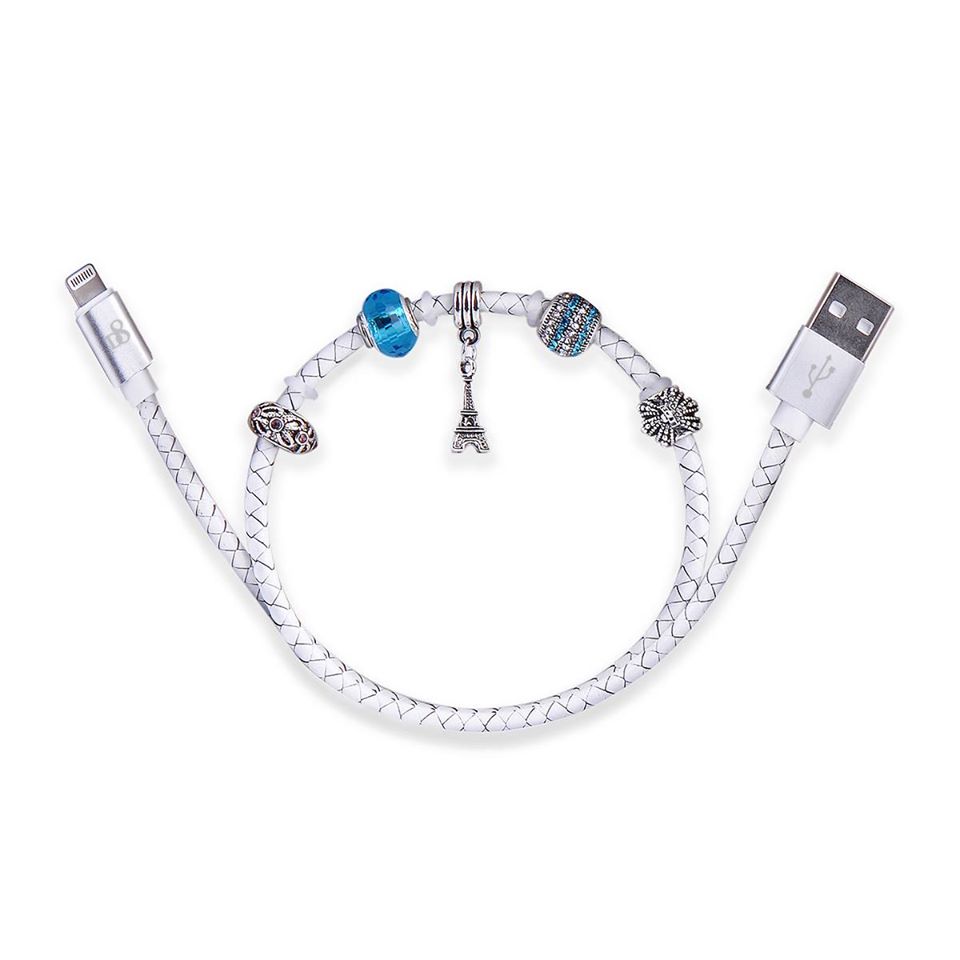What is a USB cable?
A USB cable is a type of cable that is used to connect a computer or other device to a peripheral device, such as a printer, scanner, or external hard drive. USB cables are also used to charge devices, such as smartphones and tablets.
History of USB cables
The first USB cable was introduced in 1996. It was a four-wire cable that had two power wires and two data wires. The first USB standard, USB 1.0, was released in 1996. It had a maximum data transfer rate of 12 Mbps.
The second USB standard, USB 2.0, was released in 2000. It had a maximum data transfer rate of 480 Mbps. USB 2.0 is still the most common type of USB cable in use today.
The third USB standard, USB 3.0, was released in 2008. It had a maximum data transfer rate of 5 Gbps. USB 3.0 cables are often blue to distinguish them from USB 2.0 cables.
The fourth USB standard, USB 3.1, was released in 2013. It had a maximum data transfer rate of 10 Gbps. USB 3.1 cables are often black to distinguish them from USB 3.0 cables.
The fifth USB standard, USB 3.2, was released in 2017. It has a maximum data transfer rate of 20 Gbps. USB 3.2 cables are often yellow to distinguish them from USB 3.1 cables.
Types of USB cables
There are two main types of USB cables: Type A and Type B. Type A cables are the most common type of USB cable. They are used to connect computers to peripherals, such as printers and scanners. Type B cables are used to connect peripherals to computers. There are several different types of Type B cables, each for a different type of peripheral.
USB cable connectors
USB cables have two connectors: a plug and a receptacle. The plug is inserted into the receptacle. The most common type of USB plug is the Type A plug. It has four rectangular pins. The most common type of USB receptacle is the Type A receptacle. It has four rectangular sockets.
USB cable standards
USB cables are standardized by the USB Implementers Forum (USB-IF). The USB-IF is a non-profit organization that develops and promotes USB standards. The USB-IF has released five USB standards: USB 1.0, USB 2.0, USB 3.0, USB 3.1, and USB 3.2.
USB cable specifications
USB cables have a number of specifications, including:
- Data transfer rate: The maximum data transfer rate that the cable can support.
- Power rating: The maximum amount of power that the cable can carry.
- Cable length: The length of the cable.
- Cable shielding: The type of shielding that the cable has.
- Cable connector type: The type of connector that the cable has.
USB cable troubleshooting
If you are having problems with a USB cable, there are a few things you can do to troubleshoot the problem:
- Check the cable for damage. If the cable is damaged, it will not work.
- Try a different cable. If you have another USB cable, try using it.
- Try a different port. If you have another USB port on your computer, try using it.
- Try a different device. If you have another device that uses USB, try using it with the cable.
If you have tried all of these things and the cable is still not working, then the cable may be defective. You will need to replace the cable.
Conclusion
USB cables are a vital part of modern computing. They are used to connect a wide variety of devices to computers. USB cables have come a long way since their introduction in 1996. They are now faster, more powerful, and more reliable than ever before.

